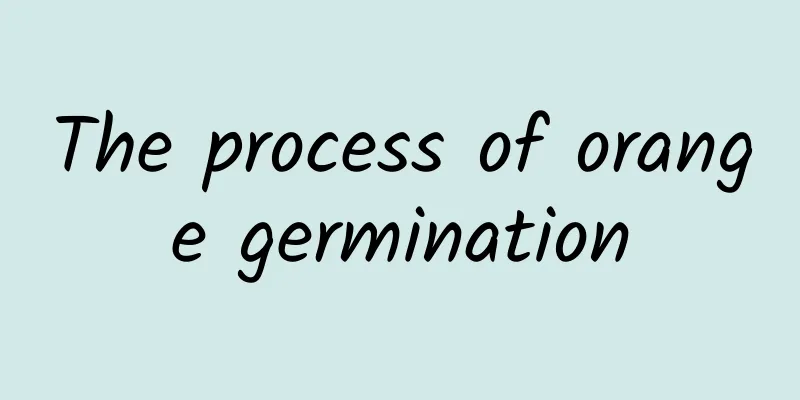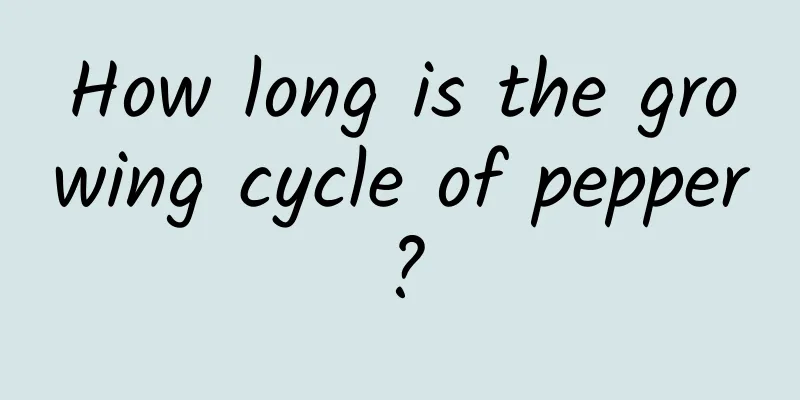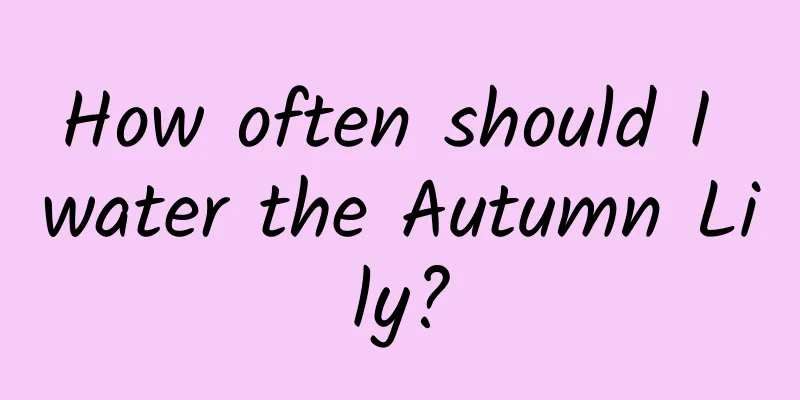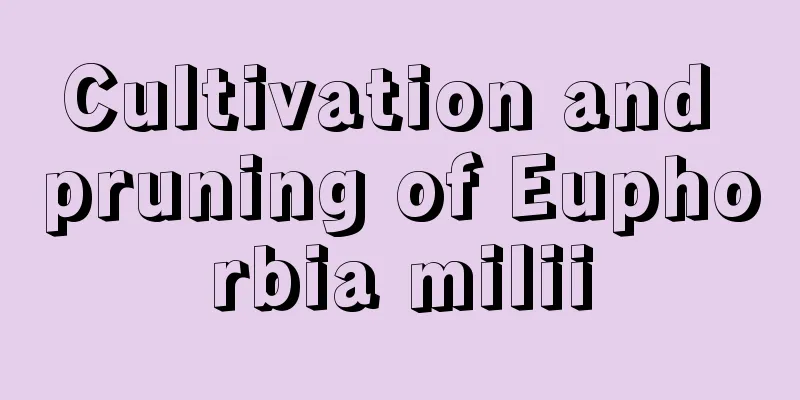Which is better, spreading organic fertilizer or digging trenches (how to dig trenches for fertilizing fruit trees in an orchard)
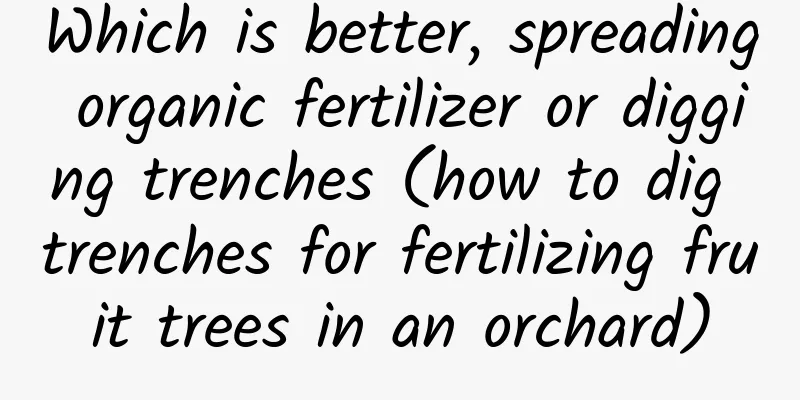
|
Fruit trees and other crops mainly absorb inorganic ions in the soil, such as potassium ions (K+), nitrate ions (NO3), calcium ions (Ca2+), ammonium ions (NH4), etc., but they can also absorb certain soluble organic matter, that is, organic nutrients. Organic fertilizers can provide both inorganic ion nutrients and some organic nutrients. Therefore, any crop prefers organic fertilizers. Any crop absorbs these nutrients from the soil through its root system. The roots of crops have three properties, namely, water-tropism, fertilizer-tropism and geotropism. The above-ground part has phototropism and thigmotropism . Let's talk about how to apply fertilizer correctly based on the root's fertilization and geotropism. First, geotropismThe roots of plants always grow in the direction of gravity, that is, they can go deep into the soil to consolidate the plant body above the ground and absorb water and nutrients from the soil. The stem of the plant grows against the direction of gravity to absorb sunlight for photosynthesis, which is called phototropism. In order to help the root system consolidate and support the huge body of the fruit tree, should we guide the root system of the fruit tree to grow deep? To manage the tree, we must first manage the root system, so that the root system is deep and strong and can resist falling. In fact, this should be the case for any crop. To manage the crop, we must first manage the root system. Therefore, whether we apply organic fertilizer or inorganic fertilizer (chemical fertilizer), we should apply it deeply, in the dense root area, or at least in the tillage layer, and it should not be spread on the ground surface. Second, obesityRoots are the mouth, stomach, and hands of crops. The roots are densely packed, just like the hands, stretching out in all directions. Wherever there is water and fertilizer, it will stretch there. The roots always grow towards the place with more fertilizer in the soil. I often find that some people spread organic fertilizer or chemical fertilizer on the surface of the orchard for application, and then use a small rotary tiller to dig it a few times and think that the job is done. The small rotary tiller can only dig more than 10 centimeters deep, which cannot reach the dense root system of the fruit trees at all. We have many peach and cherry sheds here. If we apply shallow fertilizers for a long time, the trunks of these fruit trees will easily shake in the wind after the fruits are harvested and the film is removed. They have poor resistance to lodging and are not drought-resistant or flood-resistant. The reason is that the fertilizer is applied too shallowly, and the root system tends to move toward the fertilizer, which causes the roots to float upward. The shallow root system has poor fixation and is not drought-resistant or flood-resistant. One of the purposes of deep fertilization is to make the roots of fruit trees and other crops grow deeper into the soil to absorb more fertilizer. Based on the above, it is best to fertilize any crop at an appropriate depth, whether you are applying organic fertilizer or chemical fertilizer. Organic fertilizer can also be spread all over the garden, but it should not be spread for a long time. After 3-5 years of deep application, it can be spread all over the garden once , and then tilled into the soil. There is no need to be so stubborn, as no one stipulates that deep application must be done by digging trenches. 【 Summarize 】 It is better to apply organic fertilizer in orchards by digging deep trenches, such as circular trenches, radial trenches, etc. The circular trench is opened outside the drip line of the crown, the front end of the radial trench is 40-50 cm away from the trunk, and the back end is outside the drip line . Generally, the depth should be shallow at the front and deep at the back. The depth should be determined according to the variety of fruit trees. For deep-rooted fruit trees, it should be 40-50 cm, and for shallow-rooted fruit trees, it should be 30-40 cm. |
>>: What is the best month to plant fennel (sowing time and management methods of fennel)
Recommend
Is trumpet creeper poisonous?
Is it poisonous? In fact, Trumpet Creeper is not ...
How to propagate Catharanthus roseus by cuttings
The flowering period of Catharanthus roseus is ve...
How to grow dahlias
1. Prepare the soil When planting dahlias, first ...
The correct way to repot a fortune tree
The reason why the money tree is favored by many ...
When does Milan flower bloom?
1. Flowering time Milan is a plant with a relativ...
Why do apricot leaves curl?
1. Improper moisture Reason: During the planting ...
How to germinate cyclamen
1. Planting method 1. Sowing: Collect seeds that ...
The efficacy and function of wild sesame
Treating a cough Many friends do not take their f...
How to water calendula
1. Water quality Most plants do not have special ...
When do violets bloom?
1. When do violets bloom? Like many kinds of flow...
Flowering management of winter coral
Fertilizer management during winter coral floweri...
How many days does the white radish grow?
The germination period is from the germination of...
What are the varieties of watermelon?
1. Black Beauty The Black Beauty variety of water...
How to plant succulent plants in pots (tutorial) How to water and maintain them after planting
How to plant succulent plants in pots Use moist s...
Best treatment for heat stress in pigs
The temperature is high in summer, and heat stres...
